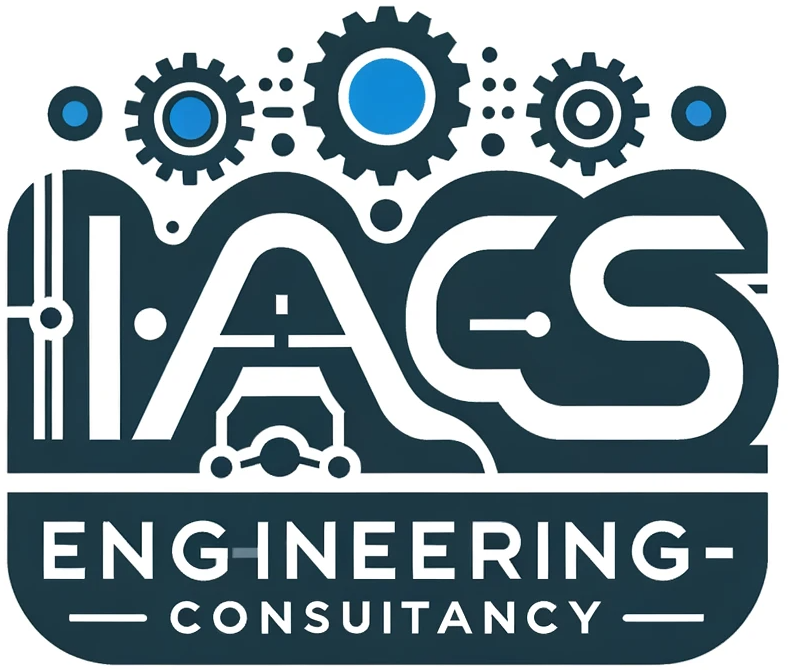The Purdue Reference Model (PRM), often referred to as the Purdue Enterprise Reference Architecture, or PERA, developed in the 1990s by researchers at Purdue University in collaboration with industry partners, was created to address standardization and security of industrial networks through hierarchical segmentation.
Why the Purdue Reference Model Was Originally Developed
- Standardization of Network Segmentation:
Before PRM, industrial networks lacked a structured approach, leading to vulnerabilities. PRM introduced a hierarchical framework to segment networks into distinct levels (0–5), isolating operational technology (OT) from information technology (IT) to prevent cross-network threats. - Cybersecurity Enhancements:
Rising cyber threats to ICS/SCADA systems (e.g., power grids, manufacturing) necessitated a model to enforce security boundaries. PRM restricts unauthorized access between corporate IT (Levels 4–5) and OT (Levels 0–3), often using DMZs for secure data exchange. - Interoperability and Integration:
PRM provided guidelines for vendors to design compatible devices/systems within specific layers, easing integration in multi-vendor industrial environments. - Regulatory Compliance:
The model aligned with emerging standards (e.g., ISA-99, IEC 62443) and helped industries meet compliance requirements for critical infrastructure protection.
Where the Purdue Model Is Successfully Implemented
PRM is widely adopted in sectors requiring robust security and operational reliability:
- Energy and Utilities:
- Power Grids: Used by organizations like the Tennessee Valley Authority (TVA) to segment control systems from corporate networks.
- Oil & Gas: Companies like Shell and ExxonMobil apply PRM principles to secure refineries and pipelines.
- Manufacturing:
- Automotive giants like Toyota and General Motors use PRM to isolate production-floor devices (Levels 0–2) from enterprise systems.
- Pharmaceuticals: Companies like Pfizer implement PRM to ensure compliance and secure manufacturing processes.
- Water Treatment and Distribution:
Municipal water facilities use PRM to protect SCADA systems controlling filtration and distribution. - Transportation:
Rail networks (e.g., Deutsche Bahn) and aviation systems apply PRM to secure signaling and traffic control infrastructure. - Industry 4.0 and Smart Factories:
While modern IoT-driven factories blend IT/OT, PRM’s segmentation principles underpin secure architectures in initiatives like Germany’s Industrie 4.0.
Challenges and Evolution
- IT/OT Convergence: Industry 4.0 and IoT have blurred traditional boundaries, prompting adaptations like the “Purdue Model 2.0” to address cloud integration and edge computing.
- Criticism: Some argue PRM’s rigid layers may not suit all modern use cases, but its core principles remain foundational for ICS security.
Conclusion
The Purdue Reference Model has seen multiple evolutions and complementary frameworks in response to Industry 4.0, IIoT, cloud, and advanced cybersecurity requirements. While the fundamental layered concept remains influential (particularly for conceptualizing different levels of automation and enterprise integration), modern extensions like RAMI 4.0, IIRA, O-PAS, and updates to ISA-95/IEC 62443 reflect the shift toward distributed, secure, and interoperable architectures. These evolutions are driven by the need for higher connectivity, real-time analytics, and robust security in today’s industrial environments.
